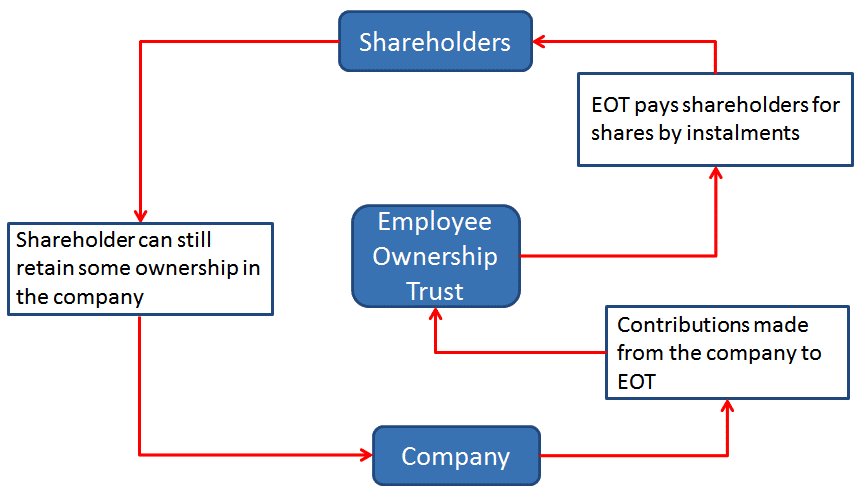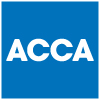There are a number of reasons that you may wish to gift an investment property to a trust rather than directly to your children. The two most common are Asset Protection and Capital Gains Tax.
From a tax perspective, it is important that neither you, your spouse nor any minor children are able to benefit from the trust. Typically a trust will be a discretionary trust with adult children and/or grandchildren being beneficiaries.
Asset Protection
As the trust owns the asset, it means that the asset can be protected and remain in the family as it does not form part of the beneficiary’s estate in the event of a bankruptcy, divorce or death. Additionally, the settlors can also be trustees, which means they will have a say on how and when funds or assets are distributed to beneficiaries.
Capital Gains Tax (CGT)
A gift of an asset to a child or to a trust is treated as a disposal at market value which, in the case of an investment property, would create a CGT liability based on the increase in value during its ownership. However, it is possible to hold over the gain on a disposal to a discretionary trust as it is chargeable to Inheritance tax (IHT) so that no tax is payable at this time.
Inheritance Tax (IHT)
The disposal to the trust is a chargeable lifetime transfer (CLT), assuming you have made no other CLTs in the last seven years each individual has a nil rate band of £325,000. A couple could therefore transfer a property valued up to £650,000 without incurring an immediate IHT charge (any excess would be charged to IHT at 20%).
As with an outright gift, if you survive the transfer by seven years it will fall out of your estate for IHT purposes. Every ten years the trust will be assessed to IHT based on the value of the assets in the trust at that time. If it exceeds the nil rate band/bands at that time the excess is charged to IHT at a rate of 6%.
It is possible at a future date to pass the property directly to a beneficiary and again hold over the gain for CGT purpose. There may be an IHT exit charge if there was IHT payable when setting up the trust if the transfer is within ten years of this event or, if not, IHT was payable at the most recent ten year anniversary.
Next Step
If you have any questions on gifting an investment property to a trust, our team of expert Accountants would be happy to assist.
Disclaimer: Content posted is for informational & knowledge sharing purposes only, and is not intended to be a substitute for professional advice related to tax, finance or accounting. Each comment posted by third party readers/subscribers of our website on topics of tax and accounting is their personal opinion and due professional care should be taken by you before you act after reading the contents of that post. No warranty whatsoever is made that any of the posts are accurate and is not intended to provide, and should not be relied on for tax or accounting advice.





